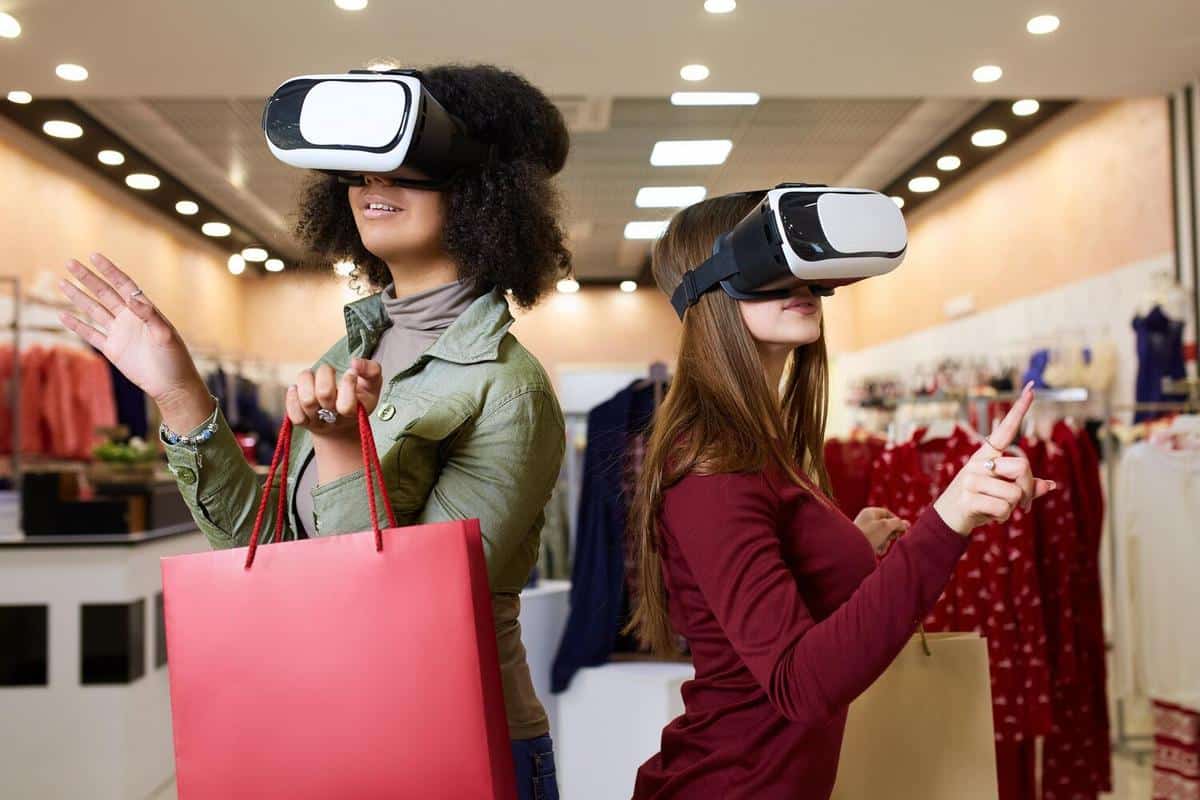
The Impact of AR on Retail: Changing How We Shop
Imagine walking into a store and seeing virtual shelves stocked with products tailored just for you, or using your smartphone to preview how that new sofa will look in your living room. This is the transformative impact of Augmented Reality (AR) on retail, reshaping our shopping experiences in ways previously thought impossible.
Augmented Reality is not just a futuristic concept; it’s a present-day reality that is steadily revolutionizing how we shop. With AR, retailers can offer immersive experiences that blend the physical and digital worlds, making shopping more interactive and personalized. According to a report by Statista, the AR retail market is projected to reach a staggering $12 billion by 2025, highlighting its growing influence.
Expert Insights on AR in Retail
Industry experts emphasize the potential of AR to drive customer engagement and increase sales. As noted by Greg Jones, Director of AR and VR at a leading tech company, “AR is enhancing the way consumers interact with products, offering a more engaging and informative shopping experience.” This sentiment is echoed by many in the tech industry who see AR as a catalyst for innovation in retail.
Statistics and Research Findings
| Year | AR Retail Market Value | Growth Rate |
|---|---|---|
| 2020 | $2 billion | 12% |
| 2021 | $3 billion | 15% |
| 2022 | $5 billion | 20% |
| 2023 | $8 billion | 25% |
| 2024 | $10 billion | 20% |
| 2025 | $12 billion | 15% |
| 2026 | $15 billion | 12% |
| 2027 | $18 billion | 10% |
Real-World Examples
Consider the case of a furniture retailer that implemented an AR app allowing customers to visualize how their products would fit in their homes. The result? A significant boost in both customer satisfaction and sales, as customers felt more confident in their purchasing decisions.
Actionable Tips for Retailers
- Incorporate AR apps in your e-commerce platform to provide virtual try-ons.
- Create interactive store displays that engage customers and encourage them to explore products further.
- Utilize AR for product demonstrations, offering a 360-degree view of items.
Enhance customer experience by integrating AR with loyalty programs. Offer personalized rewards based on AR interactions.
Conclusion
As AR technology advances, its impact on retail will continue to grow, offering endless possibilities for enhancing the shopping experience. Retailers who embrace this technology can not only attract more customers but also build stronger, more personalized relationships. Curious to learn more about the future of AR in various industries? Check out our detailed article on the evolution of AR technology.
Frequently Asked Questions
What is augmented reality in retail?
Augmented reality in retail involves using technology to overlay virtual elements onto the physical shopping environment, enhancing the customer experience.
How does AR benefit retailers?
AR helps retailers by increasing customer engagement, improving shopping experiences, and boosting sales through interactive and personalized features.
Can small businesses leverage AR?
Yes, small businesses can use AR to create unique shopping experiences and compete with larger retailers by offering innovative solutions.